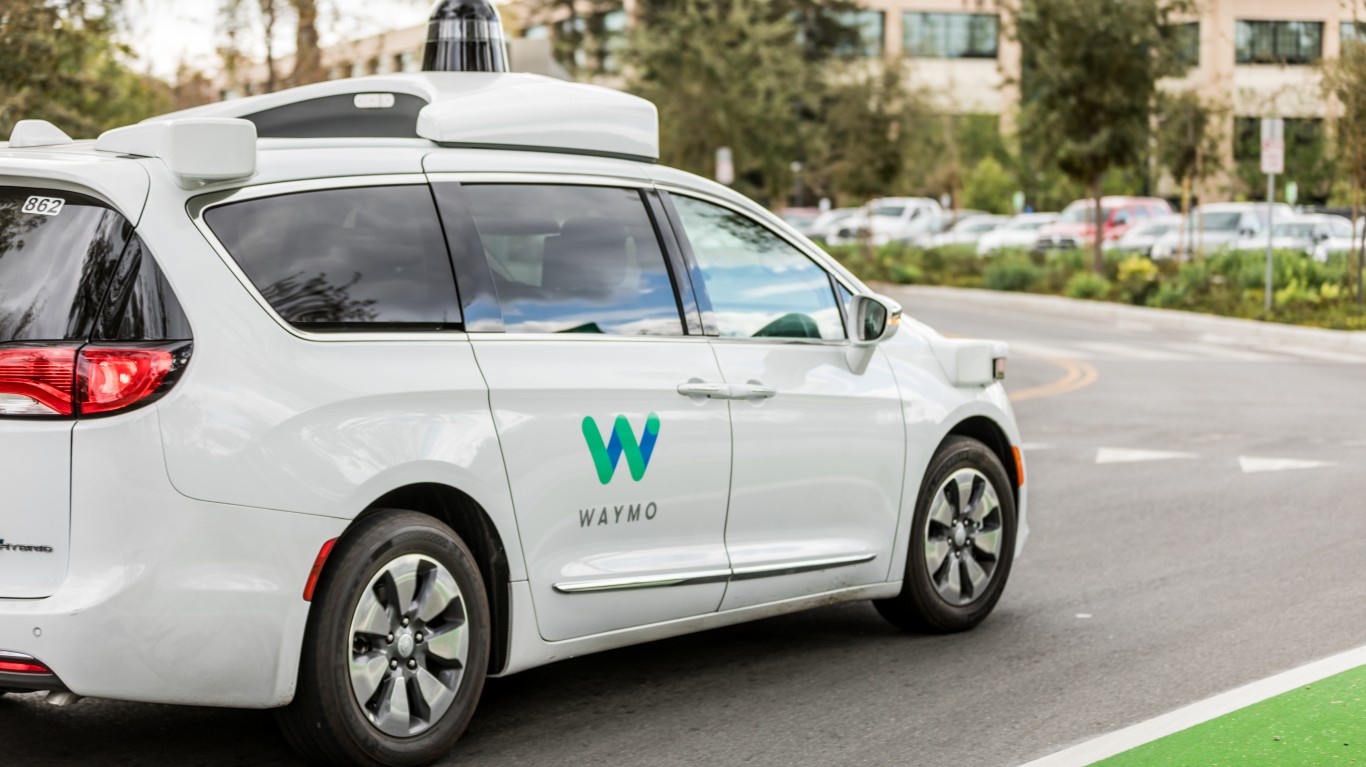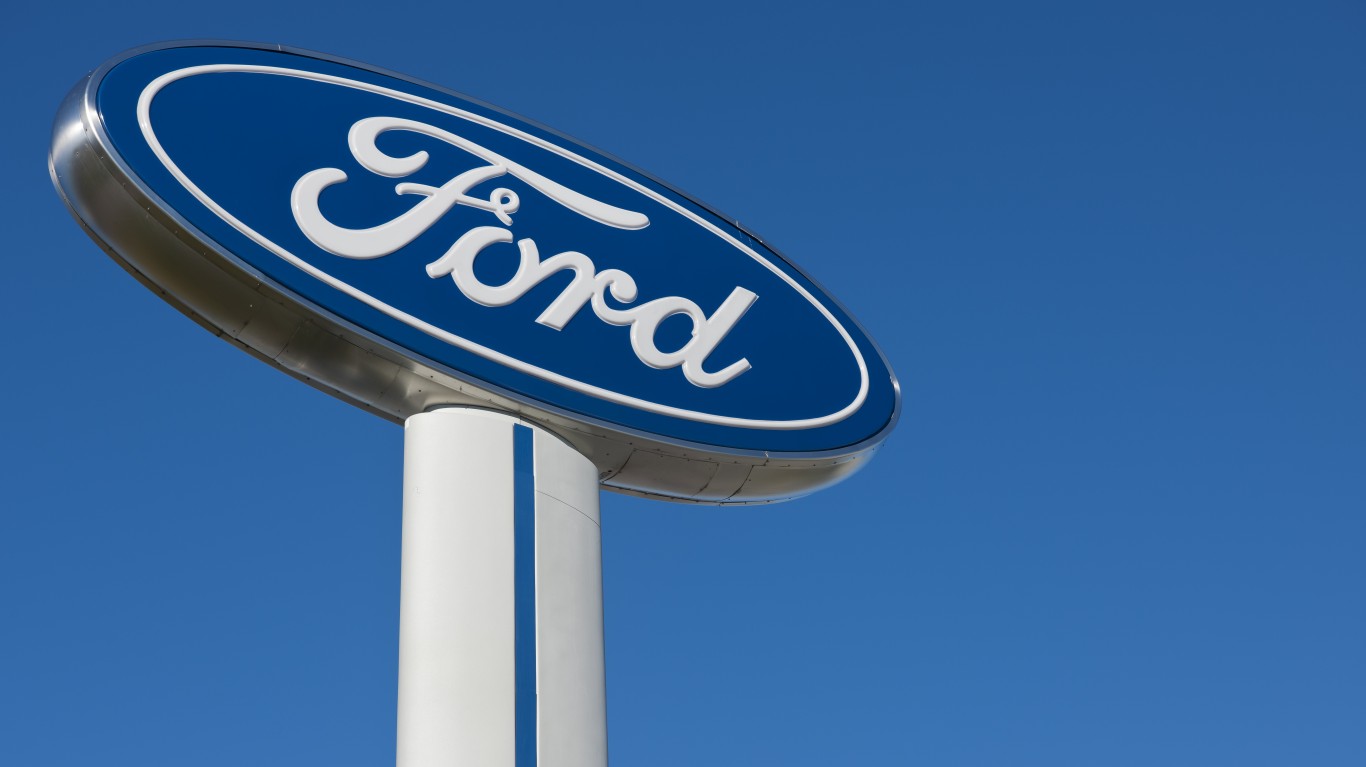The U.S. Postal Service (USPS) has begun a two-week trial run using a self-driving tractor-trailer big rig to haul the mail between Dallas and Phoenix along U.S. Interstate-10 and other highways. Each of the five scheduled trips includes a human crew of two who will follow rules on hours of service, switching positions at various times over the 22-hour, 1,065-mile trip.
The self-driving trucks are being supplied by TuSimple, a startup based in San Diego and Beijing that has raised about $178 million in venture funding, including a $95 million Series D round in February that pushed the post-funding valuation of TuSimple to nearly $1.1 billion. The company also has a testing site in Tucson as well. TuSimple’s seed funding came from Sina.com, a Chinese mobile value-added services company. Chipmaker Nvidia also has invested in the company.
TuSimple has been running autonomous trucks on two 200-mile local delivery routes in Arizona. The company expects to have more than 50 tractors in its fleet by next month, up from 11 in February.
The company uses tractors from Navistar and equips them with its own self-driving technology based on nine cameras. The company’s better-known competitor, Tesla, also uses camera technology, as opposed to other developers of autonomous vehicles that have chosen to use lidar (light detection and ranging) laser technology. While the company has said little about its autonomous driving technology, we snagged this description of how much computing power Tesla has behind its camera-based Autopilot system.
Robert Brown, TuSimple’s director of public affairs told Automotive News that the company hopes the USPS will sign a long-term contract for the autonomous trucks, but there is no commitment yet: “We left it at, ‘Let’s see how this pilot goes.’ Going from there, … there’s room and potential to continue this relationship. For the Postal Service, automation is a good business model. They have tight delivery windows with next-day and two-day shipping. Once you can remove hourly service constraints, that’s when it gets incredibly interesting.”
It could get even more interesting if California allowed self-driving trucks on the state’s highways. In 2016, California joined with Arizona, New Mexico and Texas to form the Interstate-10 Corridor Coalition with the goal of coordinating rules and regulations for self-driving vehicles operating through multiple legal jurisdictions. California limits the vehicle weight for a self-driving car or truck to 10,000 pounds. The Ports of Long Beach and Los Angeles are the busiest in the country.
A USPS spokesperson also told Automotive News that the two-week pilot project boosts efforts “to operate a future class of vehicles which will incorporate new technology to accommodate a diverse mail mix, enhance safety, improve service, reduce emissions, and produce operational savings.” Even though it ran a deficit of nearly $4 billion in the fiscal year ended last September, the USPS is still the most popular federal agency with Americans.
Are You Ahead, or Behind on Retirement?
If you’re one of the over 4 Million Americans set to retire this year, you may want to pay attention. Many people have worked their whole lives preparing to retire without ever knowing the answer to the most important question: am I ahead, or behind on my goals?
Don’t make the same mistake. It’s an easy question to answer. A quick conversation with a financial advisor can help you unpack your savings, spending, and goals for your money. With Zoe Financial’s free matching tool, you can connect with trusted financial advisors in minutes.
Why wait? Click here to get started today!
Thank you for reading! Have some feedback for us?
Contact the 24/7 Wall St. editorial team.
 24/7 Wall St.
24/7 Wall St.



